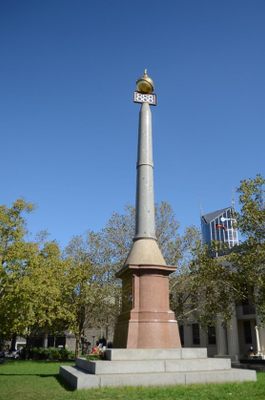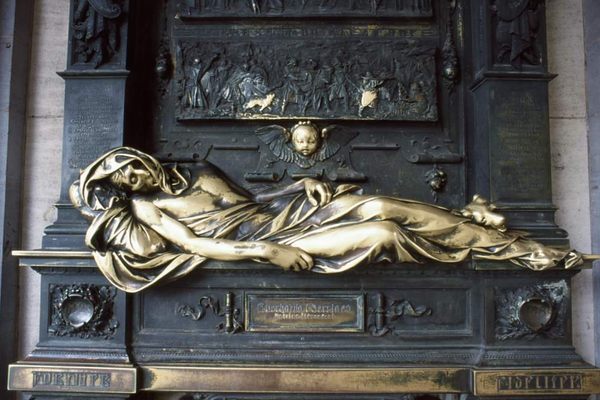About
A campaign for the eight-hour-day was led by the labor movement in the 1850s that brought about a revolution in worker's rights. Skilled tradespeople who had immigrated to Australia for the gold rush had been influenced by the Chartist movement in Britain and the democratic crucible of the United States.
In the 1800s, most Victorians worked up to fourteen hours a day, six days a week. There was no sick leave, no holiday leave, and employers could fire employees at any time, without giving a reason. The eight-hour-day campaign was based on the ideal of an eight-hour working day with “eight hours labour, eight hours rest and eight hours recreation.”
As authored in the Victorian Operative Masons' Society report from June 1884, there were three main arguments for a reduced working day in Victoria. The first was that Australia's harsh climate necessitated shorter working hours: "...the period of labour under the relaxing influence of an Australian climate, cannot extend to the length of daily toil ruling in the mother country [Britain], without sacrificing health, and shortening the duration of human life."
The second was that working men needed time to develop their minds through education: "The self-cultivation...of the ‘adult man'...can only be the work of time. It would be a great advantage then to give the worker time to read and study, and to progress in knowledge and virtue."
The third was that tradesmen could become better husbands, fathers and citizens if they were granted leisure time: "The man whose mind is unclogged by the action and influence of severe bodily work, when in health will have his natural flow of animal spirits and kindred sympathies, inclining him to self respect, and respect for other, for law, order, and forms so essential to freedom, domestic virtues and good citizenship."
The campaign came to a head in 1856 when stonemasons James Stephens and James Galloway led tradesmen from the construction site at the University of Melbourne on a march to Parliament House. They made their way through the Hoddle Grid picking up workers from other sites as they went.
When they arrived at Parliament House, the parliamentarians emerged and agreed to their claims, granting a reduction in the working day to eight hours and host of other rights, without a pay reduction.
It was a victory that became famous the world over. The eight-hour day spread to other trades, across the Australian colonies and to other nations. It was a pivotal point in Victoria’s political history and paved the way for a long line of major advances in human rights and pioneering democratic reforms.
This publicly-funded monument was designed to commemorate the eight-hour working day, introduced on April 21, 1856. The monument consists of a stone pedestal, granite column, and bronze globe with gold leaf. The base and obelisk are made of the same Harcourt granite.
The top of the obelisk is decorated by a bronze emblem featuring "888," on top of which is an encircled globe supporting a crown and orb. Around the monument’s globe the inscription reads: "Labour, Recreation, Peace." While the eight-hour day was an important achievement for the building workers, conditions for women and child labourers in particular remained unchanged and unreasonable for decades. The monument was unveiled in 1903 and 14 surviving pioneers of the eight-hour-day movement attended the ceremony. These pioneers had led the way, not only for the state of Victoria, but for the rest of the world.
Related Tags
Community Contributors
Added By
Published
June 29, 2022








































